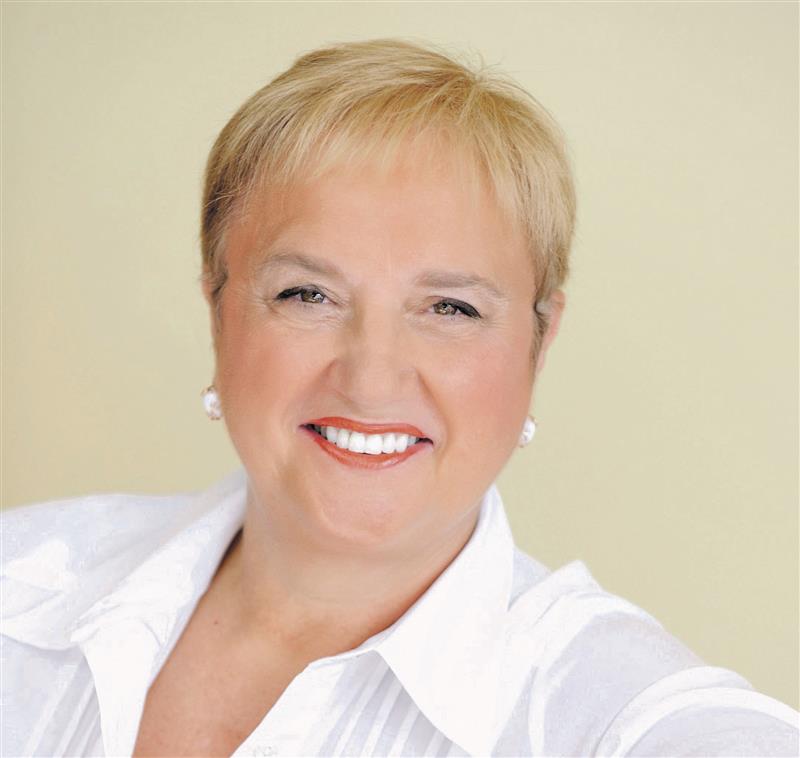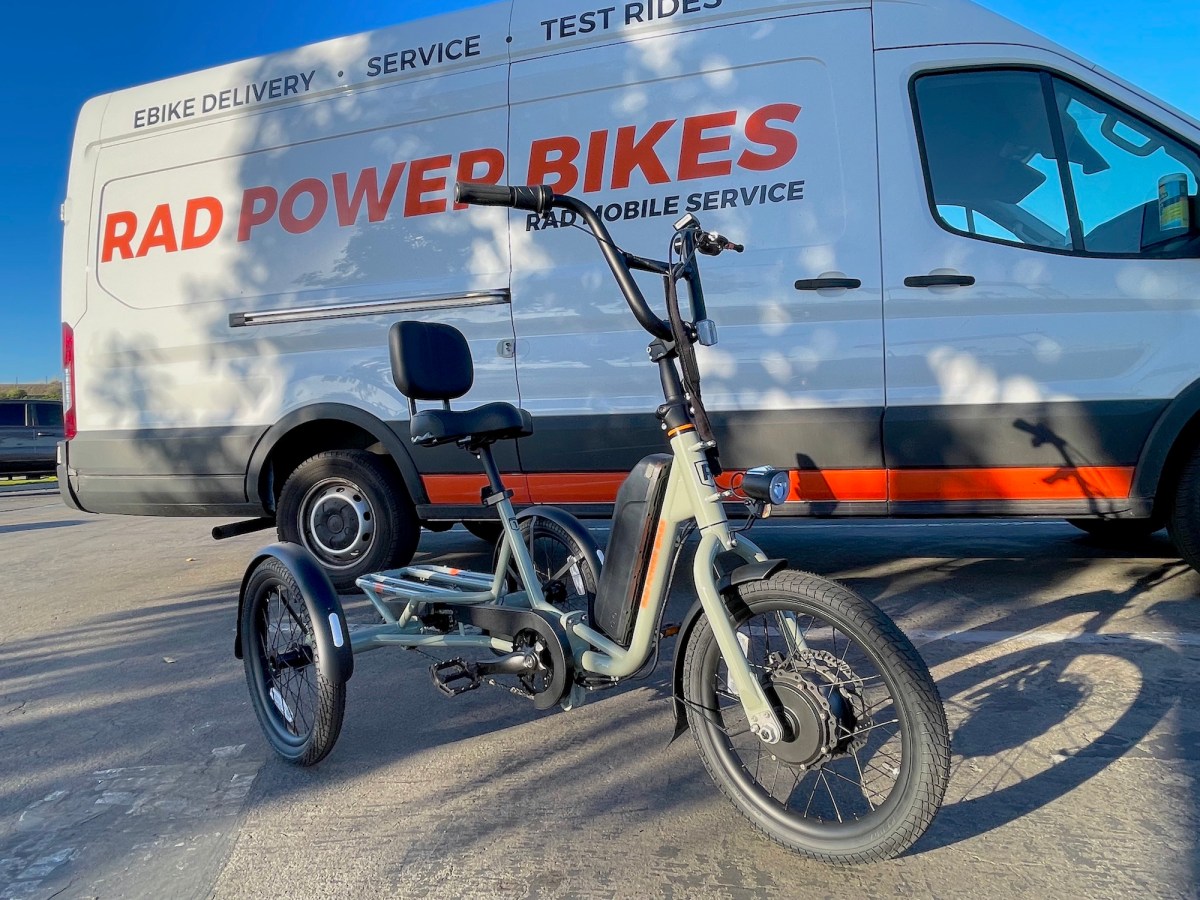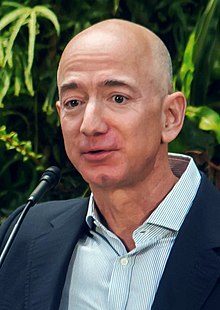‘Clearly a low moment’: US-India relationship sours as new tariffs kick in
President Donald Trump has no plans to delay additional tariffs on India that are set to take effect Wednesday, according to a White House official, granted anonymity to discuss the administration’s plans.
The new levies — imposed, in part, to pressure Russia to end its war on Ukraine by punishing one of its largest oil buyers — will raise the country’s tariff rate to 50 percent and are likely to inflame tensions between the world’s two largest democracies. They are set to take effect despite the hope among some in Trump’s orbit that last week’s appointment of Sergio Gor to be the next ambassador to India was a sign of an improving relationship between the two countries.
Syed Akbaruddin, India’s former ambassador to the United Nations, said the new levies are being seen in India as “more than a trade dispute.”
“Their imposition is viewed as a blow to confidence in the India–U.S. partnership,” Akbaruddin said. “If left unchecked, these could erode two decades of strategic convergence.”
The U.S. hit India with a 25 percent tariff after the two countries failed to reach an initial trade agreement this summer, and relations worsened this month after Trump signed an executive order slapping an additional 25 percent levy over the country’s purchases of Russian oil. India is the second-largest purchaser of Russian oil behind China — but the Trump administration opted not to move forward with so-called secondary sanctions on the latter country amid a broader tariff denté, which expires in November.
While some proponents of the U.S.-India relationship had hoped Trump would delay the imposition of the Russian oil tariffs, the administration signaled it would make good on the threat to hike tariffs on Monday when U.S. Customs and Border Protection uploaded a draft notice with guidance for importers, clarifying its plan for the additional 25 percent tariff hike.
The additional tariffs are souring a once positive relationship between the two world leaders — who have called each other friends — and come as efforts to coordinate a meeting between Russian President Vladimir Putin and Ukrainian President Volodymyr Zelenskyy have stalled following a recent meeting between Trump and Putin in Alaska.
The Indians, meanwhile, have shown little sign of budging on their Russian oil purchases, which the government has framed as purely an economic decision.
Now, India’s 50 percent tariff rate will be nearly as high as the 55 percent levy Chinese goods face.
Mark Linscott, a former negotiator for the U.S. Trade Representative’s Office who was involved in negotiations with India during Trump’s first administration, described the new tariffs as “unfortunate.”
“It’s hard to predict how things might unfold from here, but it’s clearly a low moment now,” Linscott said.
A White House official, granted anonymity because they were not authorized to discuss the relationship between the two countries, said, they “don’t think this is necessarily the end of the relationship between the two countries.”
The tariff-fueled rift with India may have geopolitical implications that go beyond the U.S.-India relationship. For much of this century, U.S. presidents have sought to pull New Delhi into closer strategic ties — and pry it away from its traditional relations with Moscow — through India’s membership in the China-countering group known as the Quad, which also includes Australia, Japan and the United States.
Those efforts appeared to be bearing fruit as recently as January following a meeting in Washington with top diplomats from Quad countries when India’s Foreign Affairs Minister Subrahmanyam Jaishankar told reporters that New Delhi was willing to nudge the grouping toward a greater defense and security focus. That initiative is likely dead as long as the Trump administration’s tariff punishment continues.
The Indian embassy in Washington declined to comment, but India’s Ministry of External Affairs has previously called the tariffs “unfair, unjustified, and unreasonable,” and said that India “will take all necessary steps to protect its national interests.”
In a modest concession to Washington, Indian refiners plan to trim their purchases of Russian crude in the coming weeks, according to reporting from Bloomberg. But it’s not clear if a slight reduction will move the needle for the Trump administration, and the country has no plans to sever its deep financial ties with Moscow.
Still, the White House has maintained that it views the oil purchases as supporting the war in Russia, with Trump trade adviser Peter Navarro in a recent Financial Times op-ed calling it “profiteering by India’s Big Oil lobby.” Navarro has repeatedly defended the tariff hike being targeted specifically on India instead of China, pointing out that tariffs on some Chinese goods are already as high as 50 percent.
India was one of the first countries to begin trade talks with the U.S., with Trump and Indian Prime Minister Narendra Modi agreeing during a White House meeting in February to more than double bilateral trade to $500 billion by 2030.
Vice President JD Vance announced during a trip to India in April that the countries had finalized “terms of reference” for negotiations, and Trump teased for weeks in July that a trade agreement with India was close. The fact that the country did not receive one of Trump’s July tariff letters was widely seen as a good sign.
That appeared to fall apart when Trump posted on Truth Social in late July “ALL THINGS NOT GOOD!” with India, especially with the country’s relationship to Russia.
“Remember, while India is our friend, we have, over the years, done relatively little business with them because their Tariffs are far too high, among the highest in the World, and they have the most strenuous and obnoxious non-monetary Trade Barriers of any Country,” Trump wrote on Truth Social.
The new tariffs threaten to push India closer to not only Russia but China and other members of the so-called BRICS group of emerging economies that Trump has in recent weeks railed against.
Still, proponents of the U.S.-India relationship haven’t given up hope. Trump and Modi could meet at the UN General Assembly in New York next month, which could give the men a chance to hash out their differences in person.
“Despite the current negative commentary in India about the bilateral relationship, I believe that the Indian government would like to try to work things out — and I think the Trump administration has the same desire,” said Kenneth Juster, who served as U.S. ambassador to India during the first Trump administration. “While the current tariffs may be in effect for several weeks, I hope that the two leaders will meet on the sidelines of the UN General Assembly in late September and get the relationship back on track.”
Phelim Kine and Daniel Desrochers contributed to this report.




















:quality(85):upscale()/2023/09/18/918/n/1922398/a1136b676508baddc752f5.20098216_.jpg)
:quality(85):upscale()/2025/10/09/670/n/1922283/00b944c868e7cf4f7b79b3.95741067_.jpg)
:quality(85):upscale()/2025/10/15/765/n/1922398/29c37a6e68efd84bb02f35.49541188_.jpg)
:quality(85):upscale()/2025/09/09/891/n/1922283/7222624268c08ccba1c9a3.01436482_.png)
















